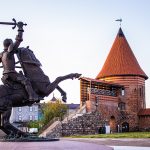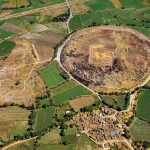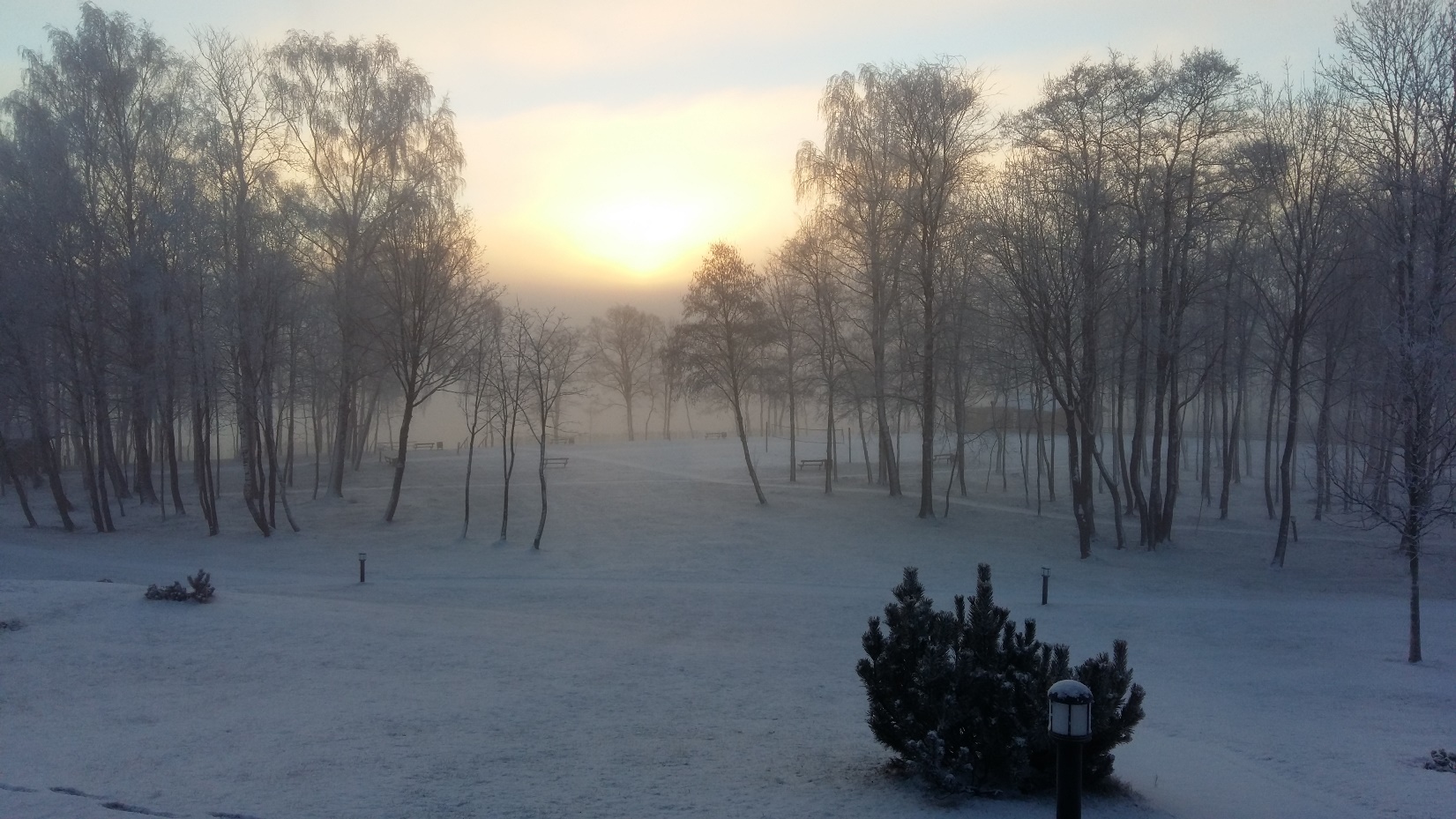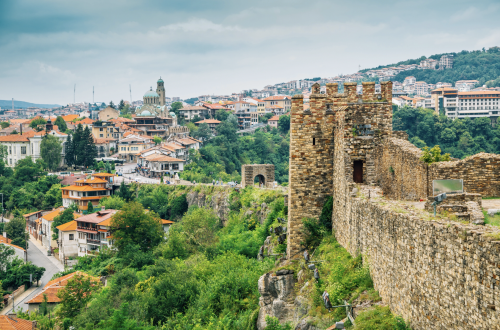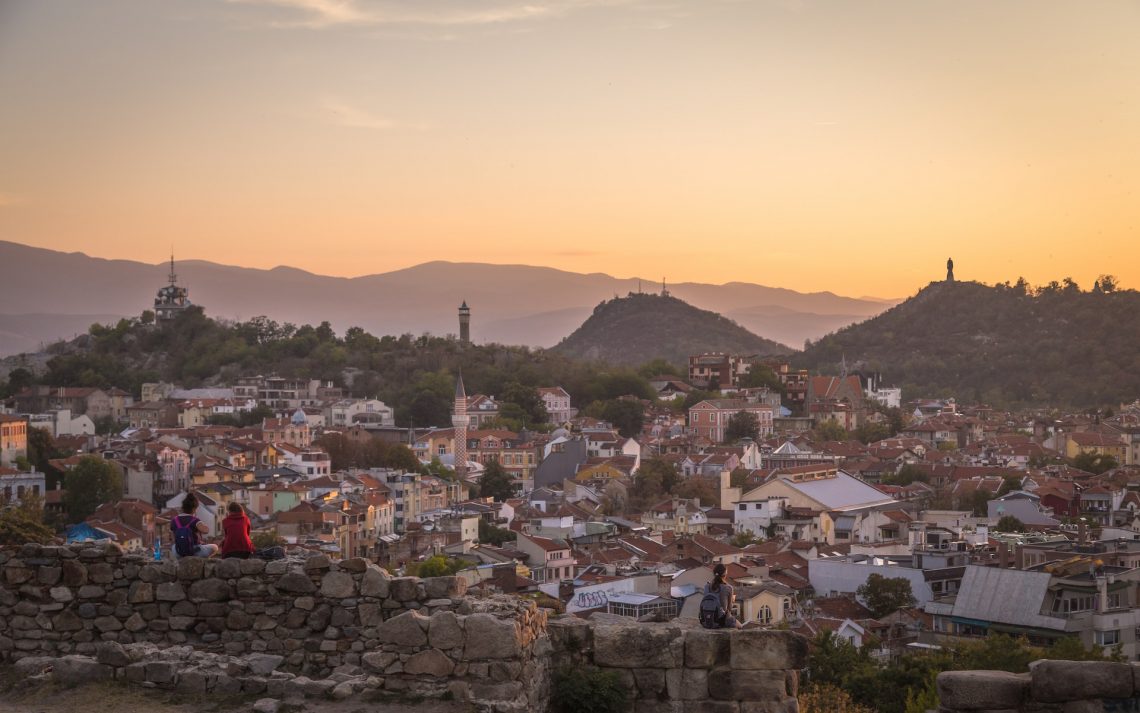
An ancient city of Plovdiv: top attractions and a bit of history
Plovdiv is one of the oldest centers of European civilization, older than Rome and Athens, and a contemporary of Troy and Mycenae. In the Thracian times, the city was known as Evmolpia, but in 342 BC, Philip of Macedonia conquered Thrace, and Evmolpia was renamed Philippopolis in his honor.
After the Roman invasion, Thrace became a Roman province, with Philippopolis as its most important city. Philippopolis was renamed Trimontium – the city of the three hills. After the Ottoman Invasion of the Balkan Peninsula in the mid-14th century, it was almost destroyed and renamed Fillbe.
The first massive migration of Slavs to the area occurred in the early 7th century. These new settlers gave the city its longest surviving name, corrupting Pulpudeva, the Thracian variant of Philippopolis, into Puldin, Plovdiv.
The layers of cultural heritage accumulated on the three hills hold valuable vestiges of millennial urban development from prehistoric and Thracian cultures to the Hellenistic and Roman periods, the Middle Ages, the Ottoman Empire, the National Revival period, and the 20th century.
The houses in the Ancient Plovdiv Architectural Reserve, with their aura of romance, bringing back visitors more than a century ago, are valuable architectural monuments of the Bulgarian National Revival Period.
The main facade is now oriented to the street, more elaborately articulated and lavishly ornamented with wall painting. The interior design and furnishings of the grand central salon exhibit distinct Western European influences, resulting from exchanges with Vienna, Stockholm, Sankt Peterburg, and Venice.
The design of the interiors is fascinating. The wall sections, decorated with niches [alafranga] and various sculpted ornaments, are richly painted with linear or floral motifs and, sometimes, medallions depicting natural or fantastic landscapes.
Ancient theatre
This magnificent architectural specimen was built in the early second century AD during the reign of Emperor Trajan. Trimontium’s Ancient Theatre accommodated from 5000 to 7 000 spectators. Today, the theatre is an attractive cultural venue where modern arts interact with the intransient values of the past.
Fortress complex Nebet Tepe
The highest concentration of early remains (prehistoric, Thracian, Greco-Roman, and medieval), unobstructed by latter-day development, has been found in the archaeological complex of Nebet tepe, which was an essential element of the town’s citadel.
On the very top of Nebet Tepe, the remnants of the first prehistoric settlement on the Three Hills was discovered. This settlement evolved into a town around the 12th century. BC. It has been established that this is the ancient Thracian town of Eumolpia, which emerged as one of the first urban centers in South-Eastern Europe. Here, one can see the fortress equipment from all ancient periods.
Roman mosaics
The most outstanding buildings in Philippopolis from the Roman period had richly decorated floors, usually with significant mosaic compositions. Many mosaic floors of this kind have been found on the territory of the ancient town. The earliest mosaics date back to the 2nd c., but the findings of the 4th and 5th c. are the most numerous.
For more information, you can always visit: www.oldplovdiv.com.



